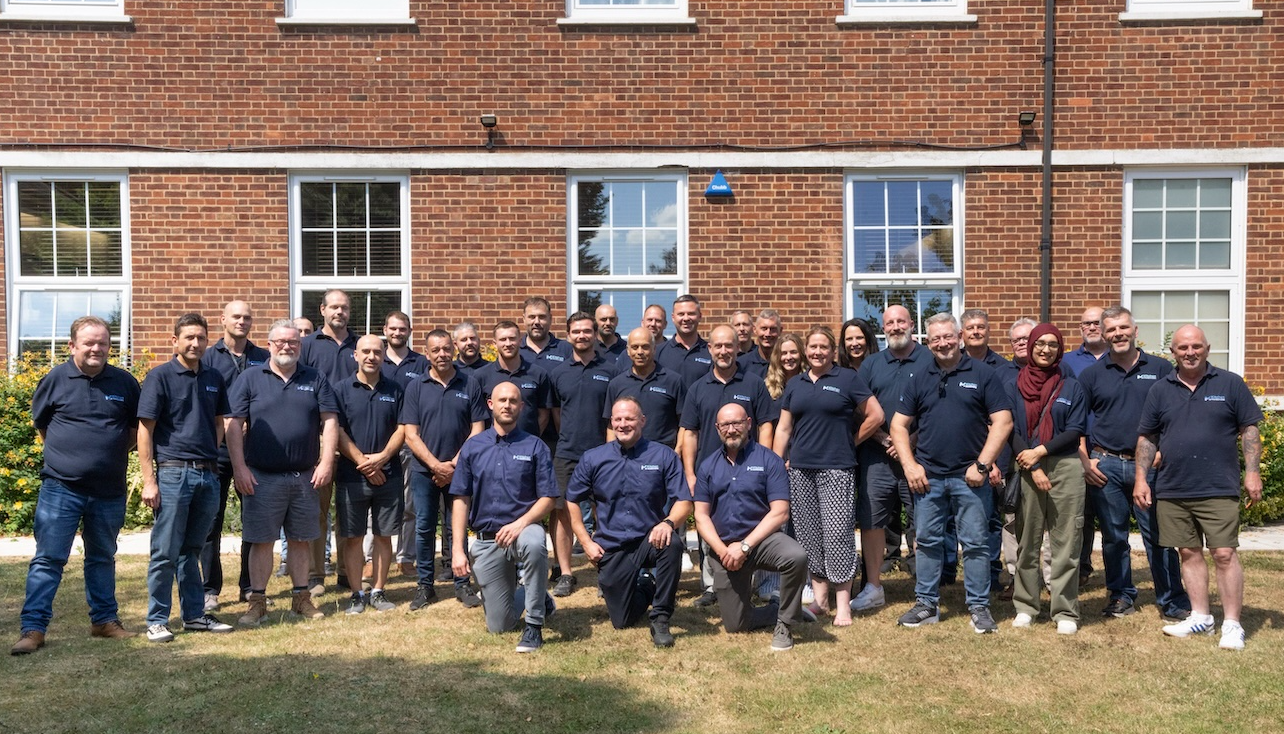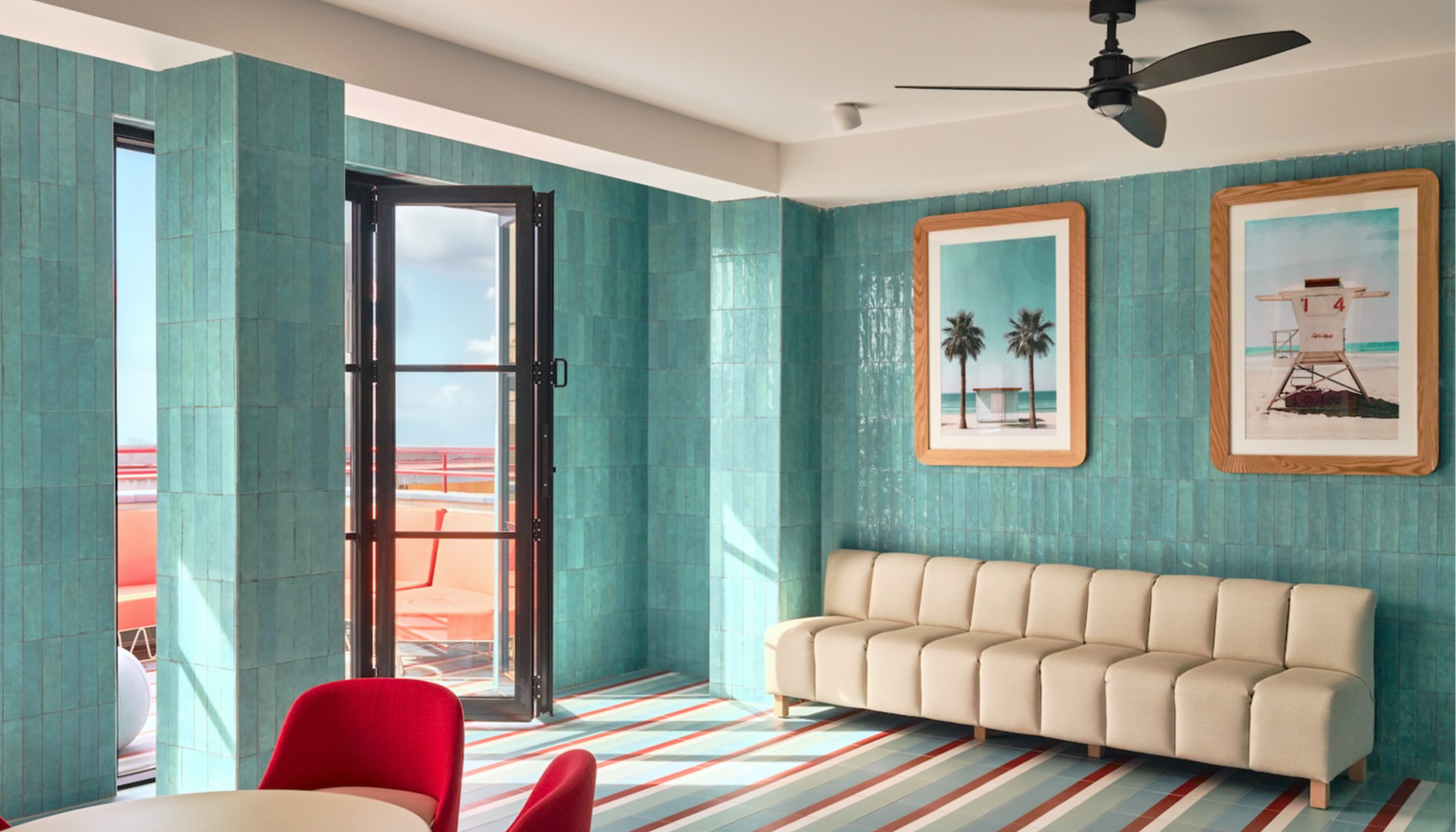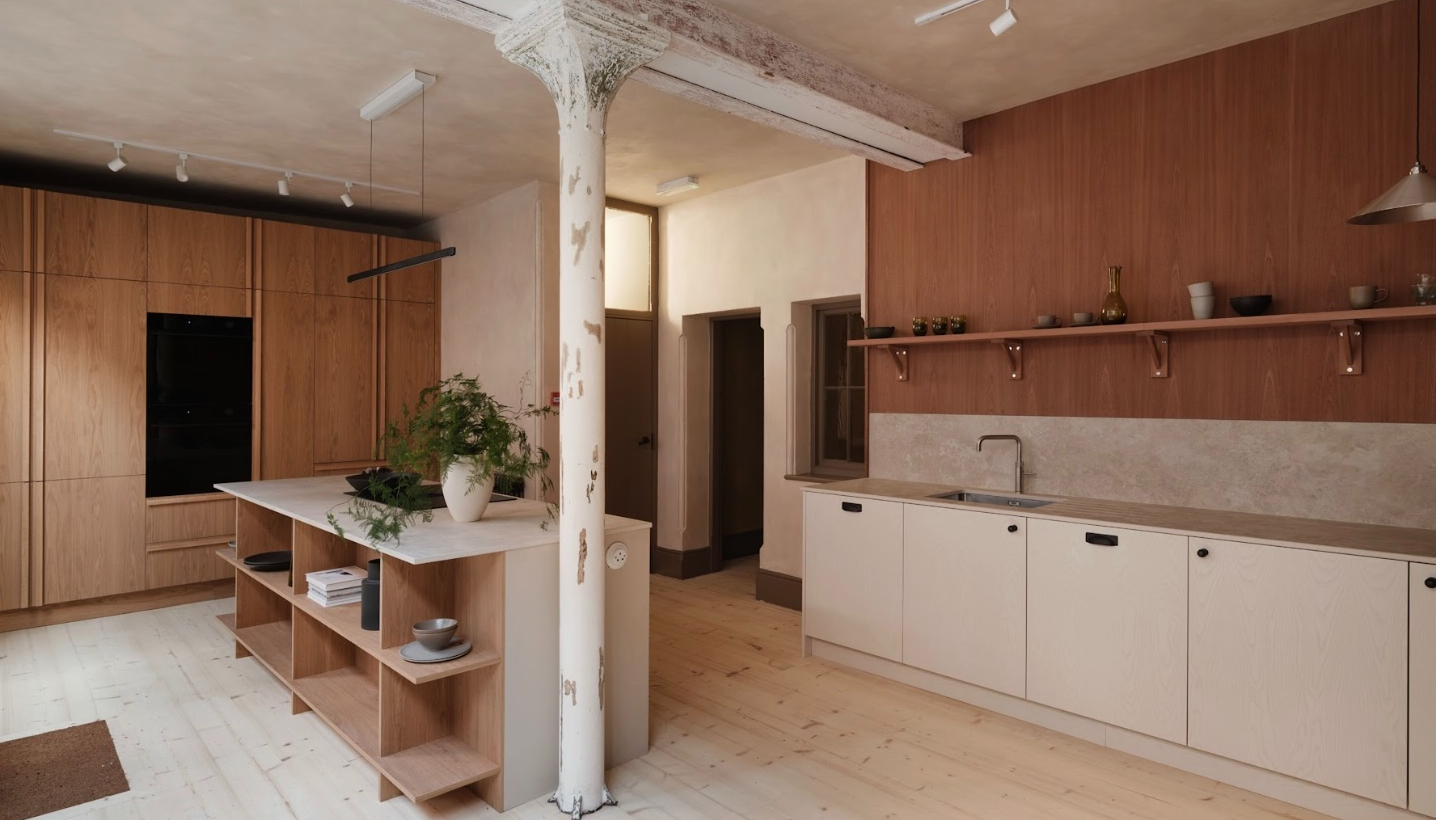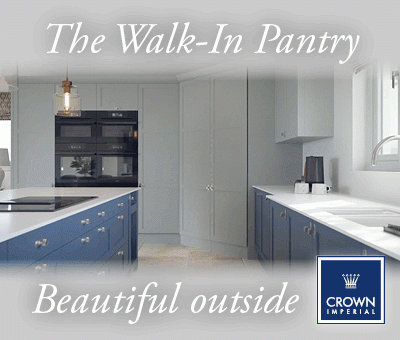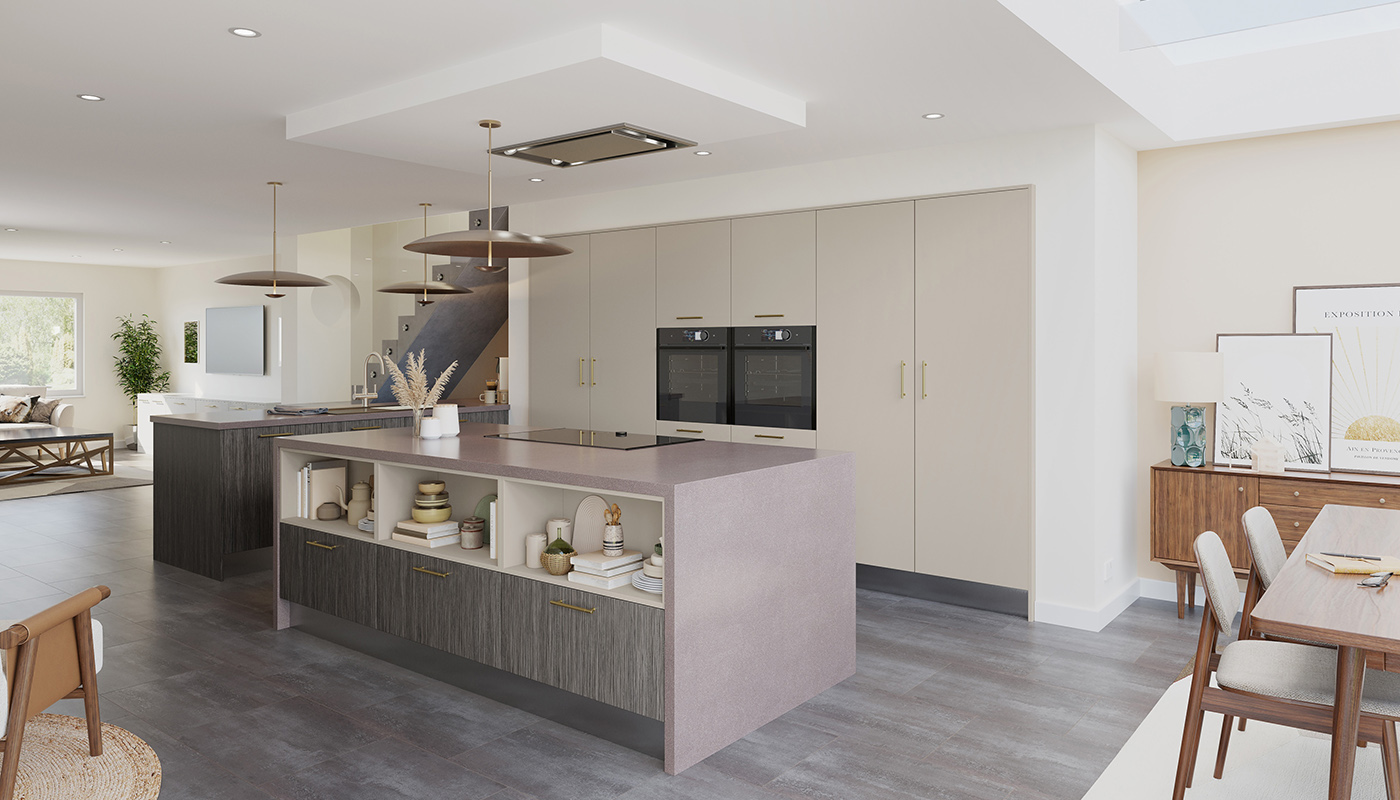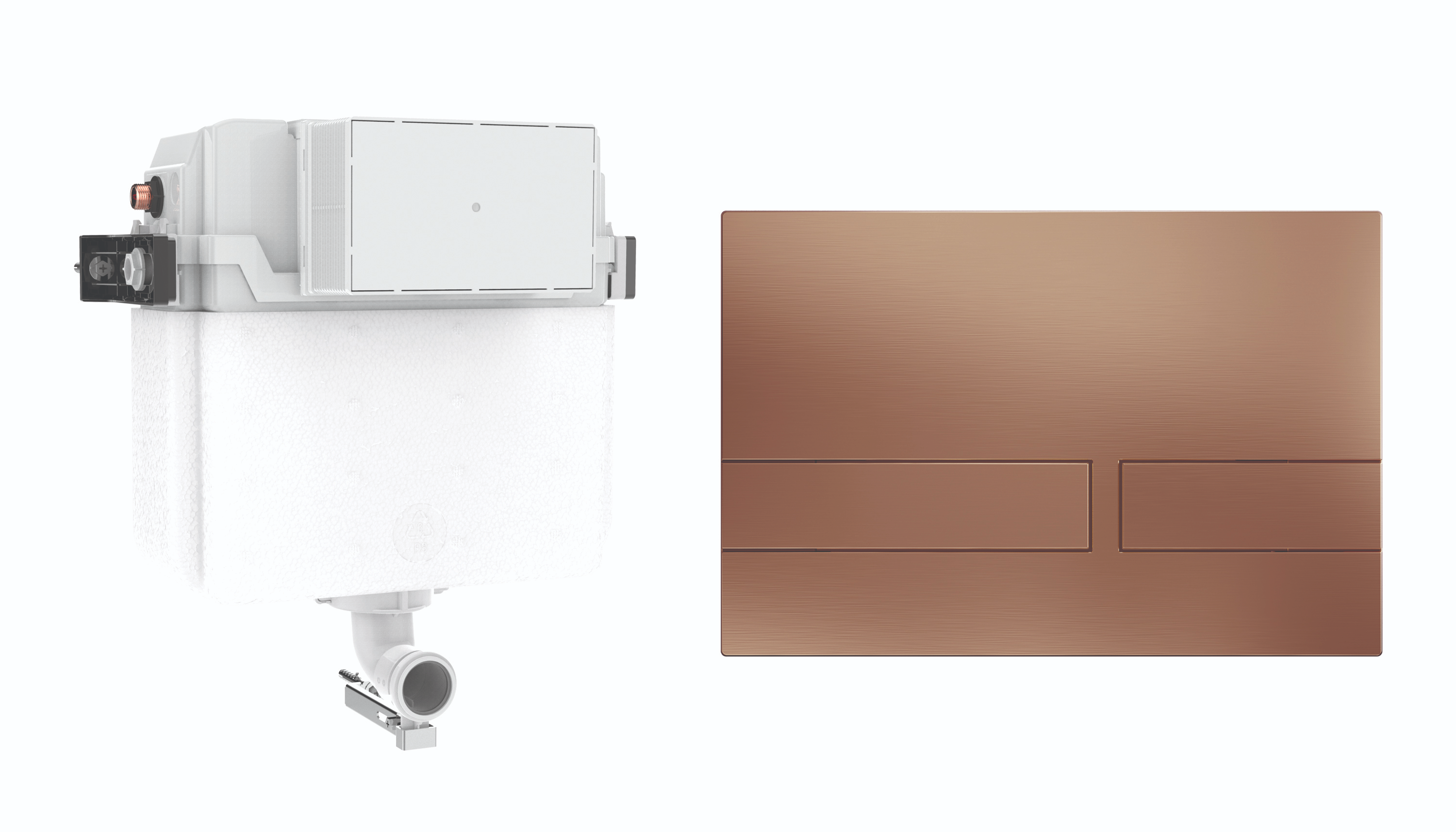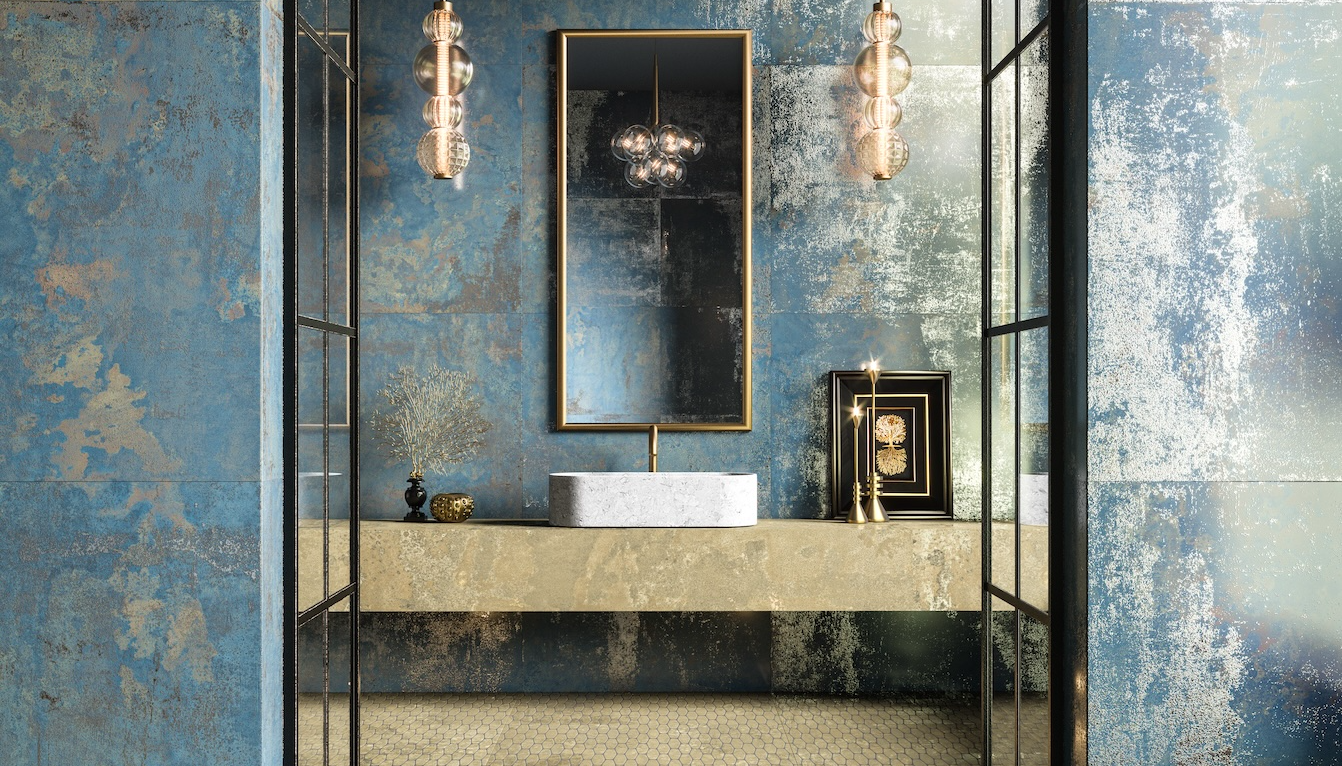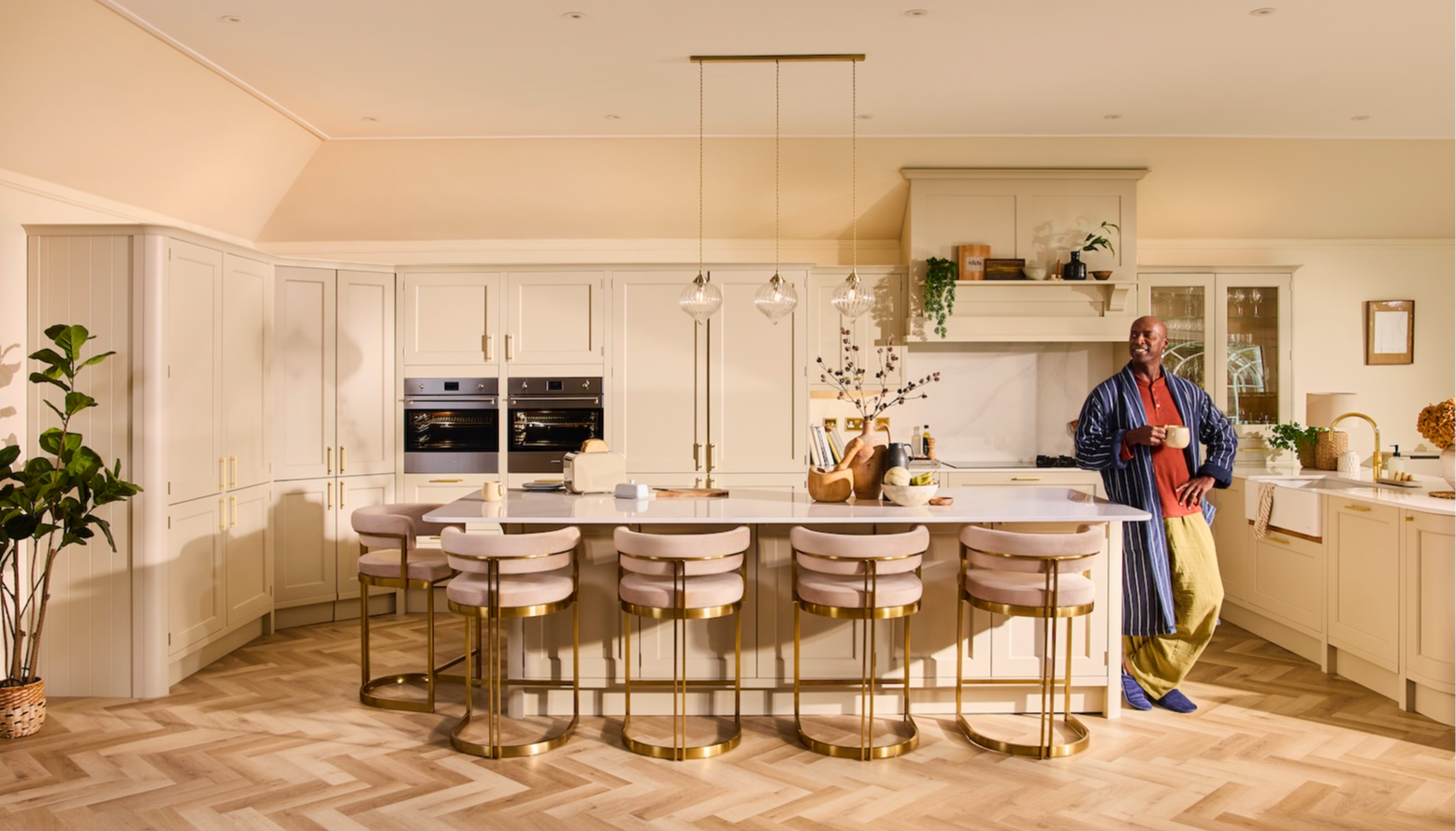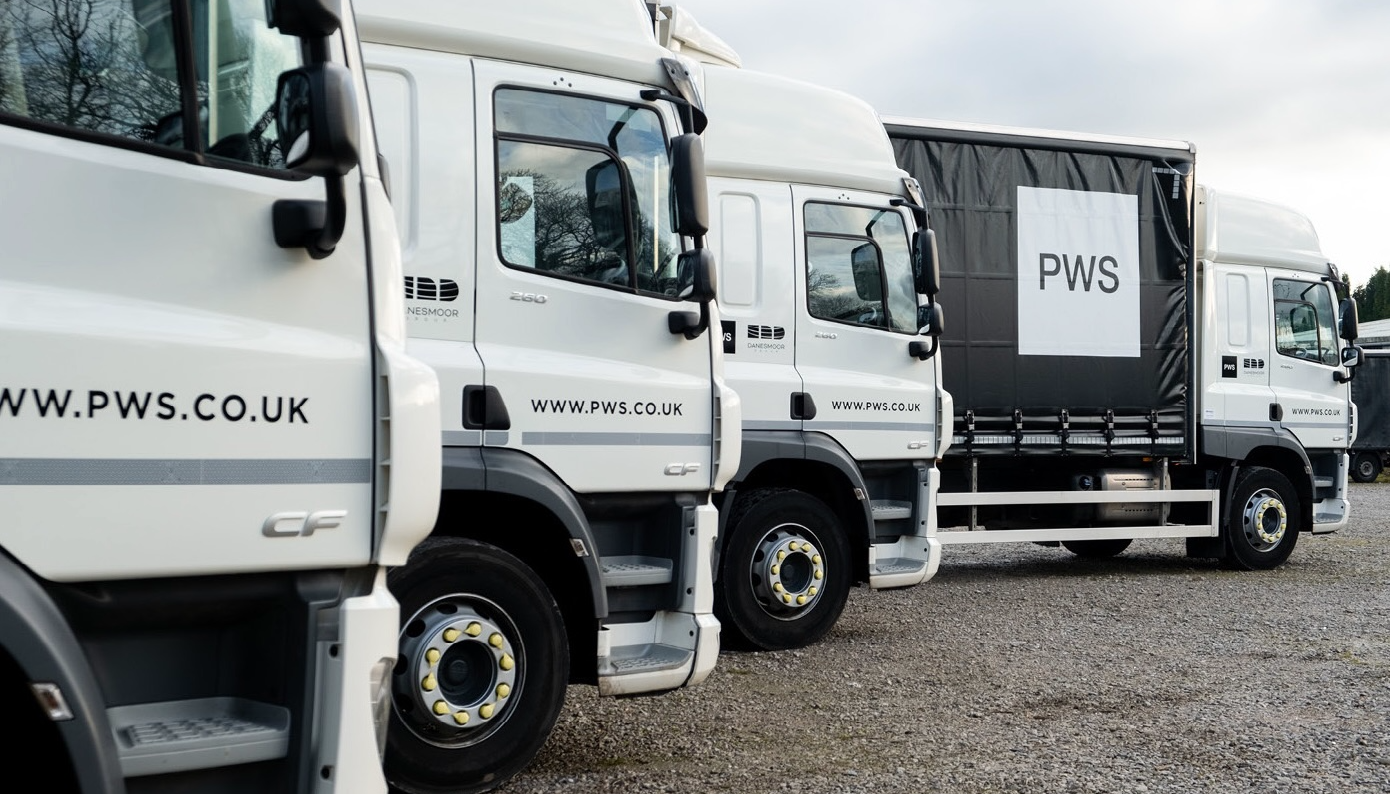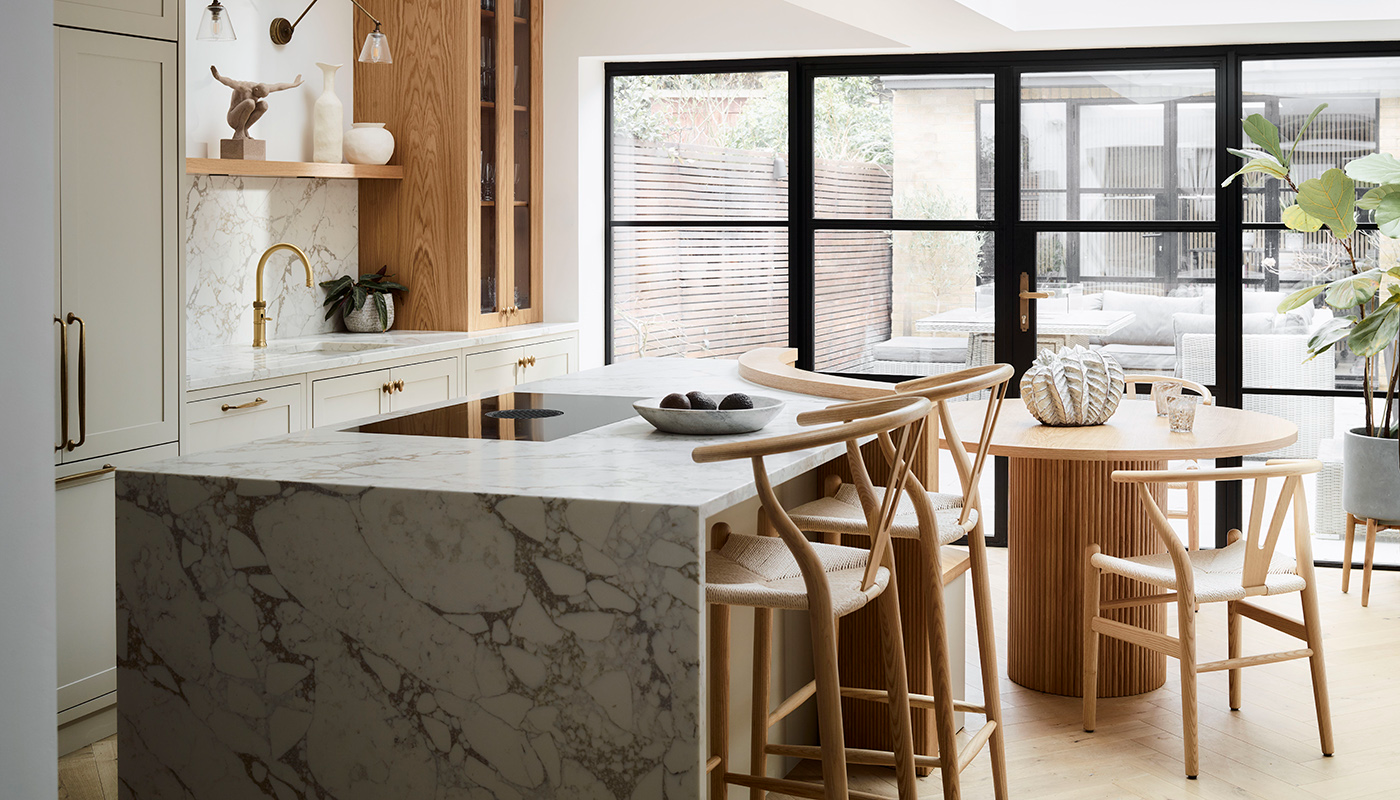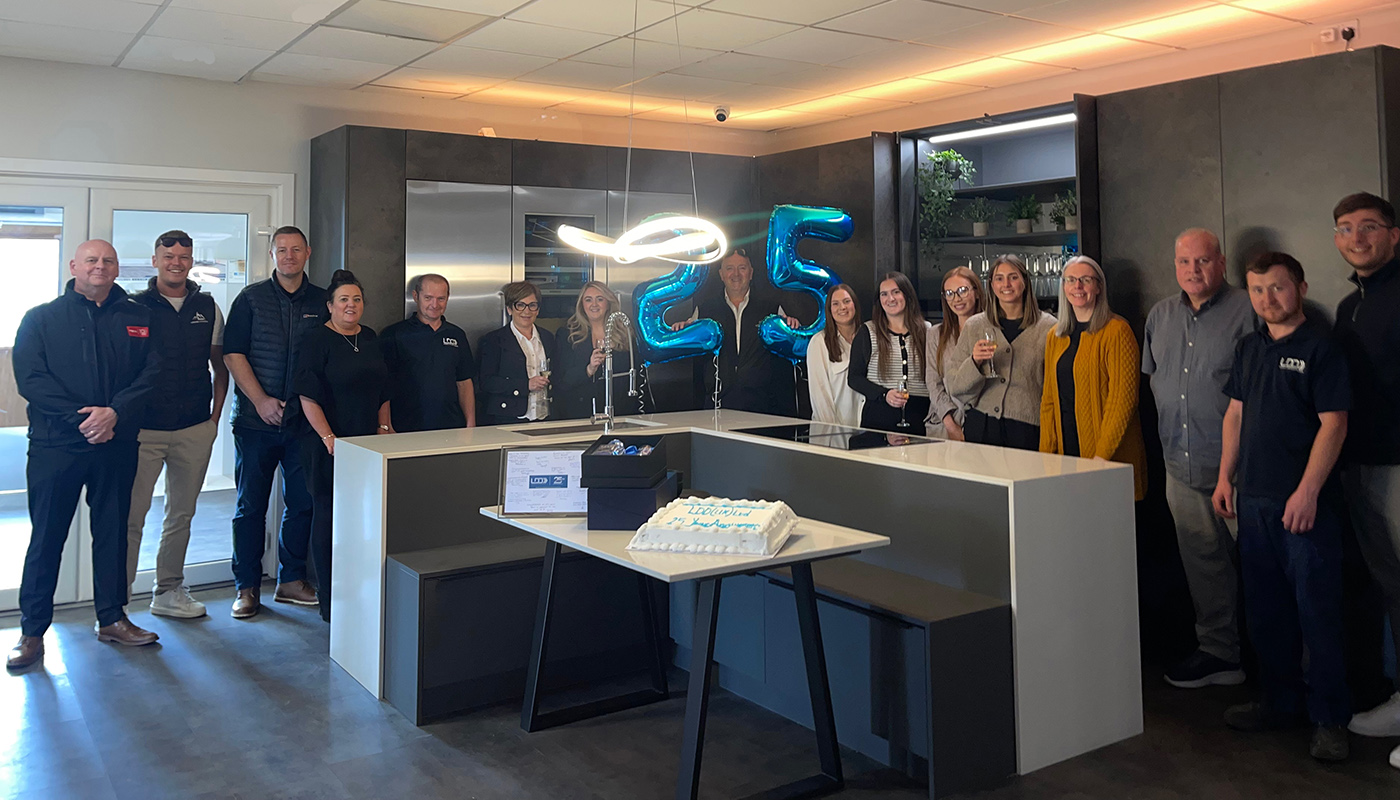Designing the perfect spice kitchen with Natasha Sabharwal of Kutchenhaus
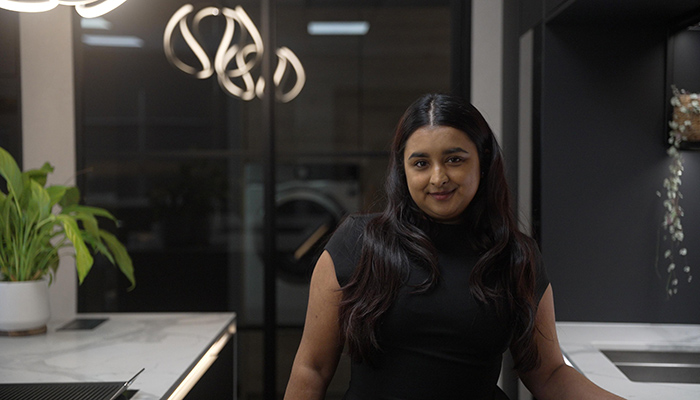
Designing the perfect spice kitchen with Natasha Sabharwal of Kutchenhaus
Natasha Sabharwal, kitchen designer at Kutchenhaus Croydon, reveals her top tips for designing a kitchen space specifically for aromatic cooking.
Q: When approaching the design for a spice kitchen, what are the first steps you take?
A: As the very first step, I always start by understanding the type of cooking my clients do. Are they cooking with lots of spices, deep frying, or preparing strong, aromatic dishes daily? This will dictate the starting point of the kitchen plan. I also look at the size of the household and how frequently they entertain. Some clients host large gatherings regularly, while others use the space just for day-to-day cooking. That helps me design a kitchen that is best suited to their lifestyle.
Ultimately, it’s all about understanding them as people. Is the spice kitchen the main kitchen or a backup? These answers shape everything from layout to appliance choices. I also always make sure there’s enough prep space, and that the finishes we’ve selected will hold up to heavy-duty usage.

Q: What are the most crucial elements to a spice kitchen?
A: A spice kitchen needs to be practical, durable, and easy to clean. For me, the must-haves are:
- * A powerful extractor – Ventilation is key, and I’ve had great results with brands like Falmec that can handle very strong cooking smells.
- * A highly durable worktop – Worktops such Dekton and porcelain, which are heat- and stain-resistant, can be great in these spaces.
- * Full-height splashbacks – Ideally splashbacks should be the same material as the worktop, as it’s then much easier to clean.
- * A large sink – Preferably with a food waste disposer, like an InSinkErator, and a full-size dishwasher, so cleanup can happen quietly behind the scenes.
- * Additional storage – Useful as overflow from the kitchen and pantry when cooking for large numbers. We have our secret doors, which can integrate or blend the pantry entrance perfectly into the kitchen and are very popular.
Q: Which appliances do you find work well in a spice kitchen?
A: There are a number of ‘go-to’ appliances for me. Firstly, I always recommend a robust extractor, and I often use Falmec for its performance and sleek design. A gas hob is a very popular option for spice kitchens too, and I make sure when including this that it’s easy to clean, since it is used often. Additionally, appliances such as air fryers, blenders, or stand mixers can really support with the demands of the kitchen, so I make sure to include a dedicated space for these small appliances to ensure they don’t clutter the main kitchen.

Q: How important is ventilation and how do you approach this?
A: Ventilation is absolutely crucial. I always recommend ducting out wherever possible and investing in a strong extractor. It makes a massive difference, especially in open-plan homes, keeping the main areas free from lingering food smells.
Q: Finally, are there any further hints or tips based on your experience?
A: I think a big consideration is stain-resistance, and I’d always recommend opting for a worktop like porcelain or Dekton. The client won’t have to stress about spills or splashes when they’re cooking with turmeric or oils, especially when hosting! Also, it’s important to definitely include a full-size dishwasher. It’s ideal to run it in the spice kitchen so it doesn’t interrupt the atmosphere in the client’s main kitchen or living area when they’re entertaining.

Tags: insight, features, natasha sabharwal, kutchenhaus, spice kitchens, kitchens





